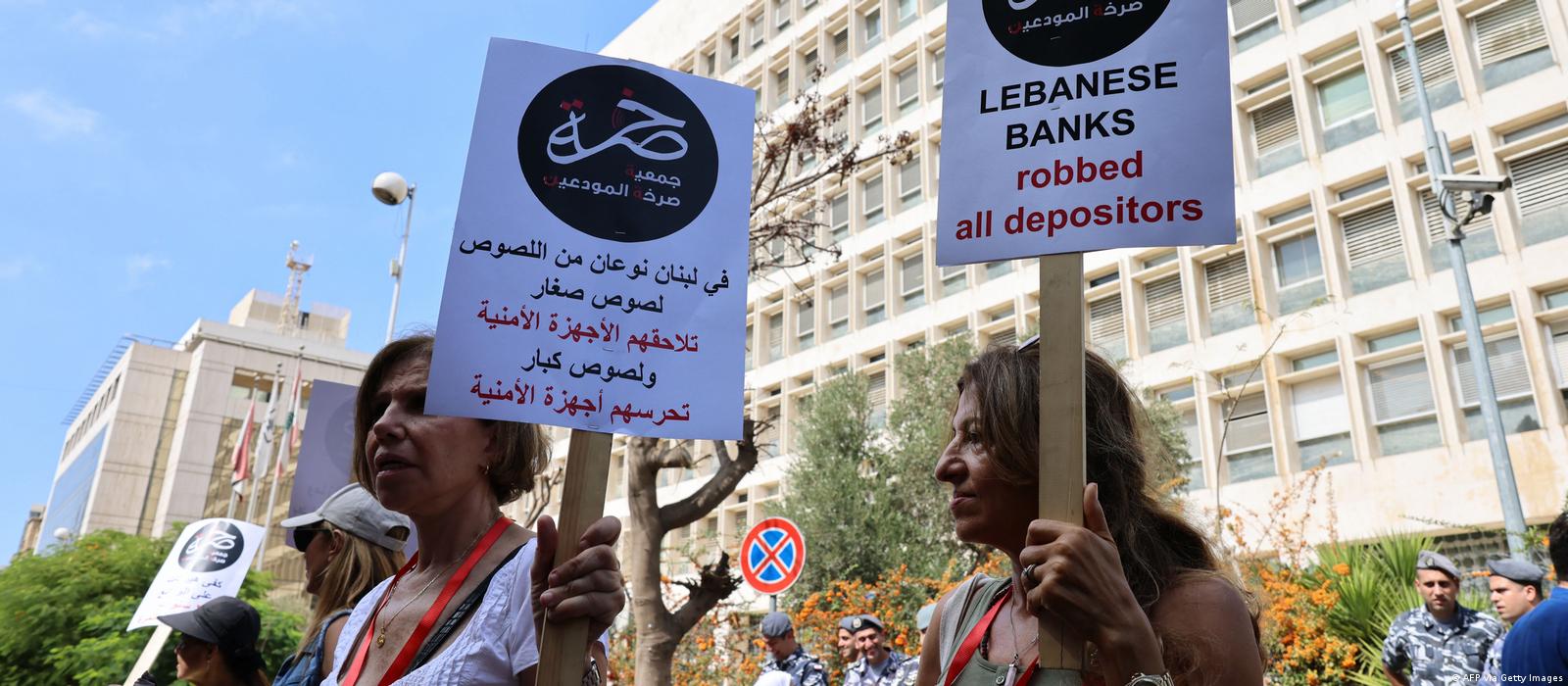For the last several months, the Lebanese pound has been relatively stable at a rate of 89,500 LBP for every one USD after almost four years of continuous freefall. This relative stability developed in concurrence with the arrival of new Central Bank Acting Governor Wassim Mansouri.
For many, the (relative) monetary stability Lebanon has seen for the last few months is attributable to Mansouri’s model of governance. However, numbers from the Central Bank and in-depth economic analysis suggest that the current models in place are unsustainable, represent unhealthy monetary policy, and are bound to produce another collapse in the near future.
How is the Currency Being Stabilized?
According to several economic analysts, Lebanon’s Central Bank has been storing funds collected from state revenue generating activities, such as taxes and other revenues from state-owned institutions, to stabilize the exchange rate and support foreign currency reserves.
In other words, the Central Bank is storing funds originally meant for state budget expenses, which include spending on healthcare, education and other vital sectors, and using them to maintain currency stability.
Many state-owned institutions generate revenue in foreign currency, which helps in that regard, while other forms of state revenue generation, such as taxes, provide enough funds for the state to buy USDs from the market, without negatively impacting the exchange rate.
If matters continue on the same path, the country would be heading towards yet another economic and currency outburst, coupled with even further critical underfunding for vital sectors.
During the second month of June, however, a change in direction took place. The foreign currency reserves at the Central Bank dropped by 22 million USD, representing a shift in policy and a (temporary, at least) break from the collection of dollars from the market, which helped increase the size of reserves.
Economist Ali Noureddine suggests that such a shift in policy might be attributable to necessary or urgent expenses that the government had to tend to. While it’s unclear whether this shift in policy will be maintained in the upcoming month, its significance would be considerable for Lebanon’s monetary-economic prospects.
Pairing These Measures with Necessary Interventions
Regardless of whether the current policy trajectory is sustainable in the long term and adequate to protect Lebanon from sharp economic downturns, the current relative stability in the exchange rate must be capitalized on.
While the country’s inflation rate has dropped to its lowest reading since April 2020 at 51.6 percent in March 2024, consumer prices have continued being unstable under pretexts of dollarization despite the stability of the exchange rate.
To benefit from this stability, the population’s consumers must urgently be protected amidst deteriorating access to food security and vital sectors across the country. The Ministry of Economy’s monitoring and control of market prices remain largely absent, providing free reign for businesses to price items based on their whims, and increasing the precarity of the country’s population.


